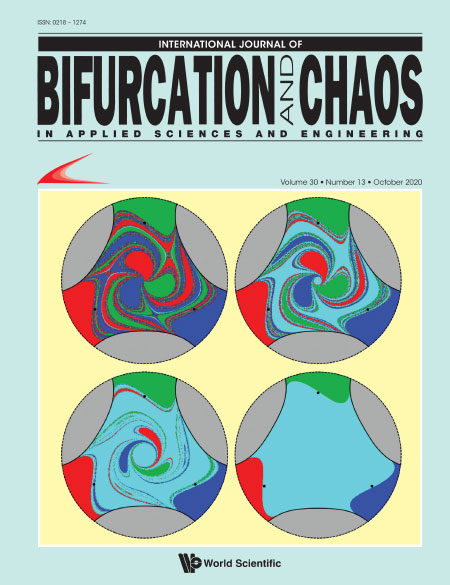Investigation of Structural Voltage Stability in Tunisian Distribution Networks Integrating Large-Scale Solar Photovoltaic Power Plant
Abstract
This research shows a structural voltage stability analysis of a distribution network incorporating large-scale solar photovoltaic power plant. Detailed modeling of the transmission network and photovoltaic systems is presented and a differential-algebraic equations model is developed. The resulting system state and load-flow Jacobian matrix are reorganized according to the type of the bus system in place of the standard injected complex power equations arrangement. The interactions among system buses for loading tests and solar photovoltaic power penetration are structurally scrutinized. Two-bus bifurcations are revealed to be a predecessor to system voltage collapse. The investigation is carried out by using bifurcation diagrams of photovoltaic generation margin, load-flow analysis, short-circuits, photovoltaic farm disconnections and loading conditions. Furthermore, evaluation of voltage stability reveals that the dynamic component of the voltage strongly depends on fault short-circuit capacity of the power system at the bus, where, the solar system is integrated. The overall result, which encompasses the views from the presented transmission network integration studies, is a positive outcome for future grid integration of solar photovoltaic in the Tunisian system. Tunisia’s utilities policies on integration of solar photovoltaic in distribution network is expected to benefit from the results of the presented study. Moreover, given the huge potential and need for solar photovoltaic penetration into the transmission network, the presented comprehensive analysis will be a valuable guide for evaluating and improving the performances of national transmission networks of other countries too.



